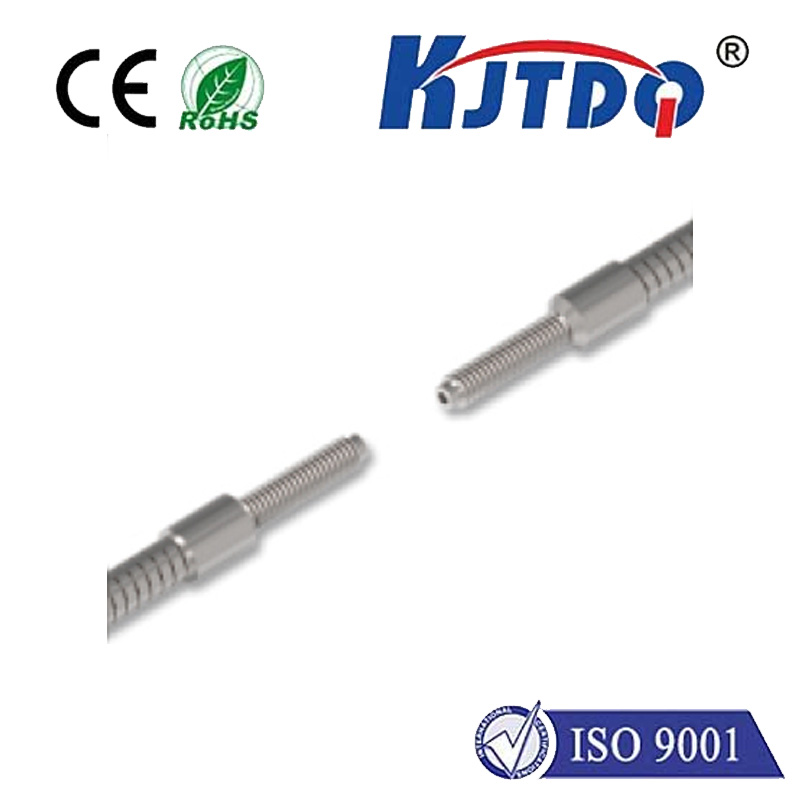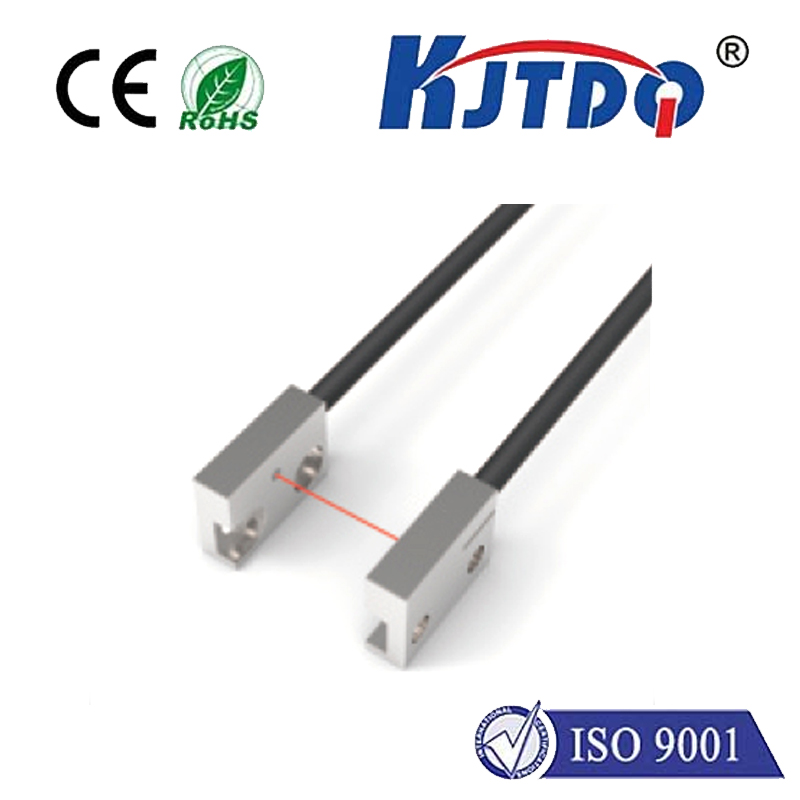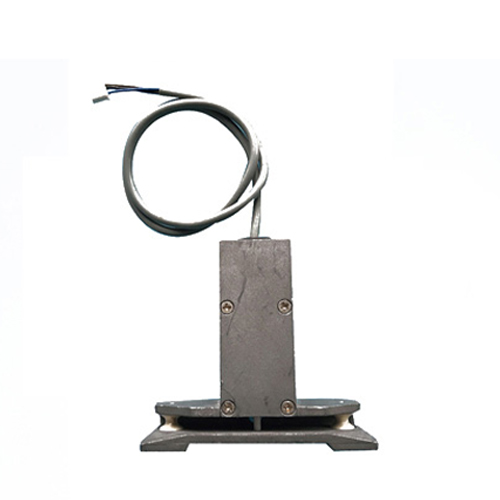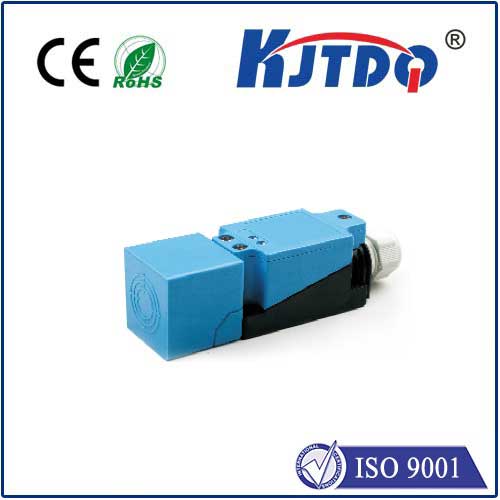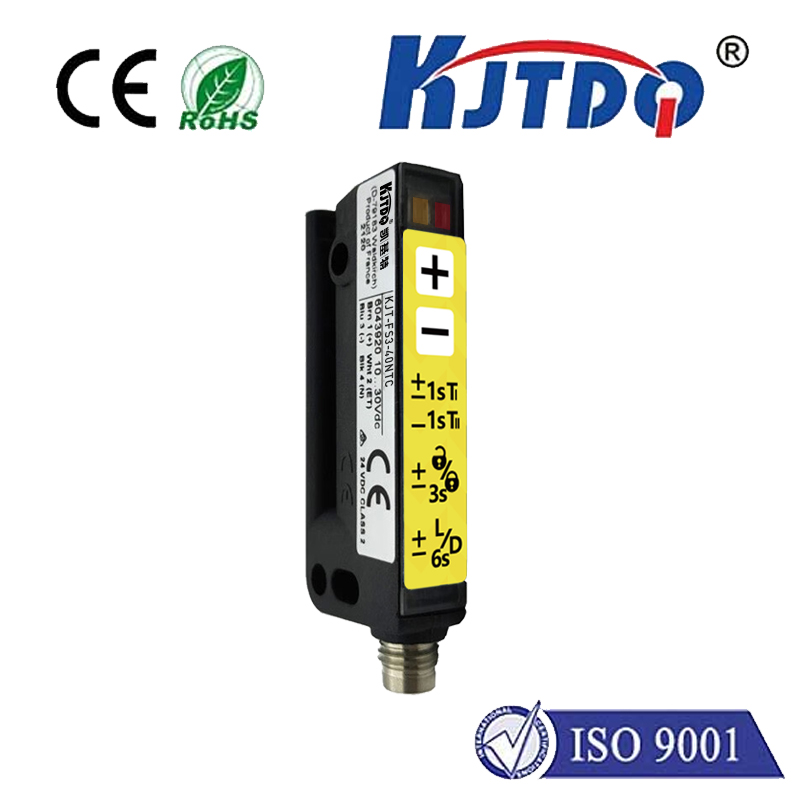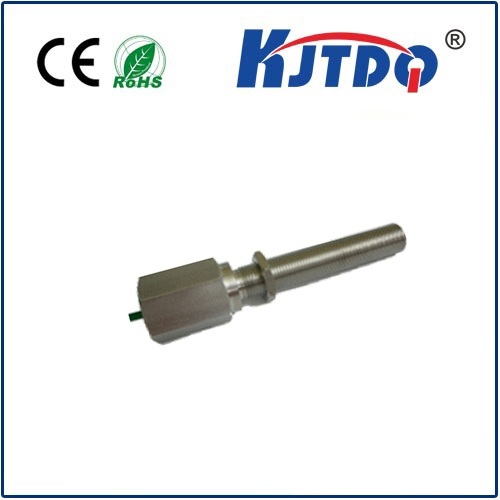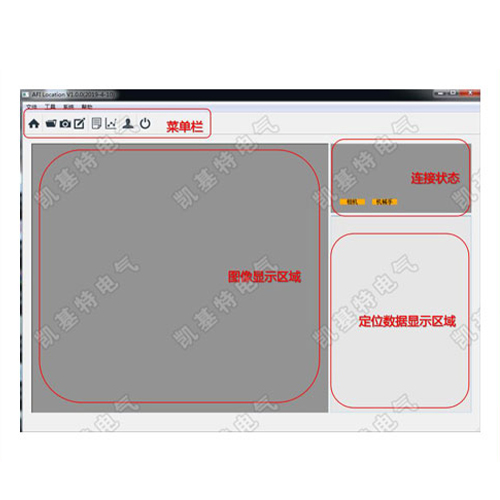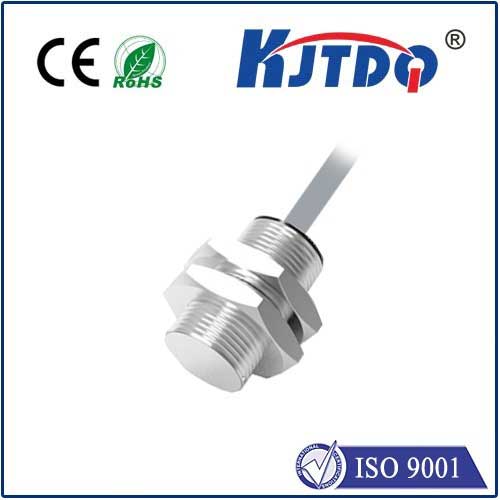photodiode sensor working principle
- time:2025-08-16 00:45:59
- Click:0
Unveiling the Light: How Photodiode Sensors Convert Photons into Signals
From the automatic doors at the supermarket sensing your approach, to the precise measurements in medical imaging equipment, to the camera in your smartphone adjusting to ambient light, photodiode sensors are unsung heroes silently shaping our technological world. Their ability to transform light, often invisible to our eyes, into precise electrical signals is fundamental. But how exactly does this ubiquitous component achieve this feat? This article dives deep into the working principle of the photodiode sensor, demystifying the elegant physics that enable light detection.
What Exactly is a Photodiode Sensor?
At its heart, a photodiode sensor relies on the core component: the photodiode. A photodiode is a special type of semiconductor diode specifically engineered to be sensitive to light. While regular diodes are designed to block current in one direction and allow it in the other (ideally) when voltage is applied, a photodiode leverages the fundamental properties of semiconductor materials and their interaction with photons (light particles). The “sensor” aspect often implies the photodiode is integrated into a system with supporting electronics for signal conditioning, amplification, and interpretation, but the fundamental light-to-current conversion happens within the diode itself.

The Core Principle: Harnessing the Photovoltaic Effect
The magic lies in the photovoltaic effect – the phenomenon where incident light generates electrical current or voltage within certain materials. This isn’t magic, though; it’s governed by the quantum mechanical behavior of semiconductors like silicon (Si), germanium (Ge), or indium gallium arsenide (InGaAs).
- The Semiconductor Foundation & The P-N Junction:
- A photodiode is constructed primarily from a P-type semiconductor (rich in positively charged “holes” – the absence of electrons) and an N-type semiconductor (rich in negatively charged free electrons). These two regions are joined to form a critical boundary called the P-N junction.
- At this junction, electrons diffuse from the N-side to the P-side, and holes diffuse from the P-side to the N-side. This creates a depletion region – an area around the junction almost devoid of free charge carriers (electrons and holes). Consequently, an internal electric field is established across this depletion region, pointing from the N-side towards the P-side.
- Photon Absorption & Electron-Hole Pair Generation:
- When photons strike the photodiode, particularly within or near the depletion region, they carry energy (
E = hν, where h is Planck’s constant and ν is the photon’s frequency). For the photoelectric effect to occur within the diode, a photon must possess energy greater than the semiconductor’s *bandgap energy* (the energy needed for an electron to jump from the valence band to the conduction band).
- If the photon energy is sufficient, it can be absorbed by an electron in the valence band, exciting it into the conduction band. This process leaves behind a vacancy or “hole” in the valence band. This creates an *electron-hole pair*. This is the fundamental act of converting light energy into electrical charge carriers.
- Charge Separation & Drift: The Role of the Built-in Field:
- The newly generated electron-hole pairs are highly reactive. Left alone, they would quickly recombine, releasing their energy as heat or light. However, the critical role of the depletion region’s internal electric field comes into play. This field exerts a force on the charge carriers:
- It accelerates free electrons (negative charges) towards the N-type region.
- It accelerates holes (positive charges) towards the P-type region.
- This separation of charges by the built-in field prevents immediate recombination and sweeps the electrons and holes to opposite sides of the junction.
- Current Generation:
- As the separated electrons accumulate on the N-side and holes on the P-side, a measurable electric potential difference (voltage) develops across the diode terminals. More importantly, if an external circuit is connected between the P and N terminals, electrons will flow from the N-side through the circuit to the P-side to recombine with the holes. This flow of electrons constitutes an electric current, aptly named the photocurrent (Iph).
- Key Insight: The magnitude of this photocurrent is directly proportional to the intensity of the incident light. More photons generate more electron-hole pairs, leading to higher photocurrent. This linearity makes photodiodes excellent for quantitative light measurement.
Biasing Modes: Photovoltaic vs. Photoconductive
Photodiode sensors can operate in different modes, significantly impacting characteristics like response speed, linearity, and noise:
- Photovoltaic Mode (Zero Bias):
- In this mode, no external voltage is applied to the photodiode. It generates its own voltage (the photovoltaic voltage) due to the accumulation of separated charges. The internal electric field solely drives the current.
- Pros: Very low dark current (current flowing without light), simple circuitry, low noise.
- Cons: Slower response time, relatively small output signal voltage. Common in basic light detection and solar cells (which are essentially large photodiodes optimized for power generation).
- Photoconductive Mode (Reverse Bias):
- This is the most common operational mode for sensing applications requiring speed and linearity. Here, an external reverse bias voltage is applied across the diode (positive to the N-side, negative to the P-side). This significantly widens the depletion region.
- Impact: The wider depletion region means:
- Enhanced Light Absorption Area: A larger volume where photon absorption can generate electron-hole pairs within the strong electric field.
- Faster Response: The stronger electric field accelerates charge carriers more rapidly, reducing the time it takes for them to be collected (transit time).
- Improved Linearity: Over a wider range of light intensities.
- Lower Capacitance: The wider depletion region reduces the junction capacitance, which is a limiting factor for high-speed operation.
- Trade-off: Reverse bias increases the dark current (leakage current) compared to photovoltaic mode. Careful circuit design and component selection (e.g., low-noise op-amps) are often required.
Key Factors Influencing Photodiode Sensor Performance
Understanding the photodiode sensor working principle also involves recognizing factors that affect how well it performs:
- Wavelength Sensitivity (Responsivity): Photodiodes are not equally sensitive to all light wavelengths. Their response is dictated by the semiconductor material’s bandgap energy. Silicon (Si) detectors work well in the visible to near-infrared (up to ~1100 nm). Germanium (Ge) and Indium Gallium Arsenide (InGaAs) extend sensitivity deeper into the infrared. Responsivity (A/W) quantifies how much current is generated per watt of incident light at a specific












